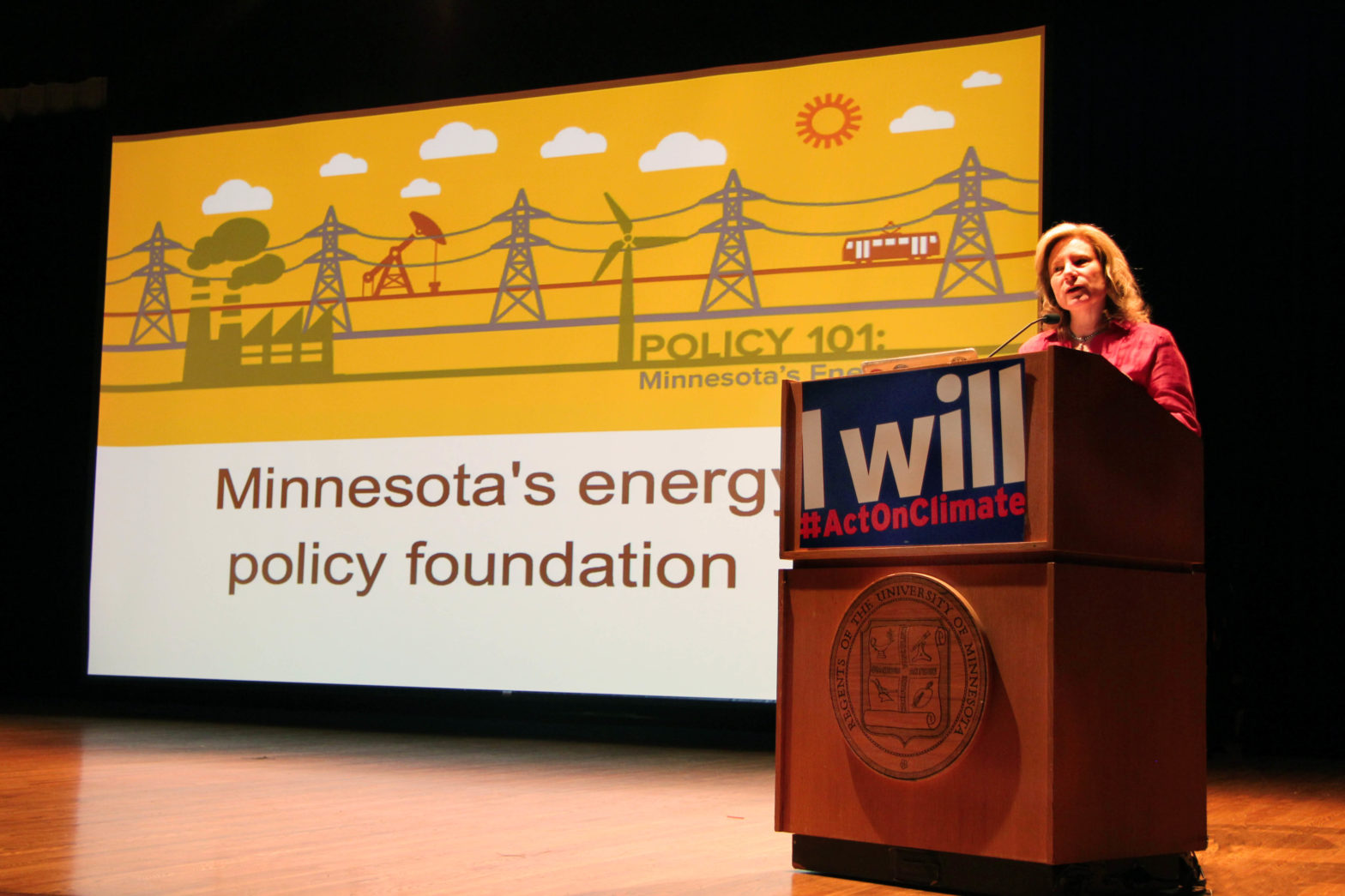On March 16, 2017, the Minnesota Public Utilities Commission (PUC) approved Otter Tail Power Company’s new 15-year Resource Plan, affirming that additional clean energy investments are a good bet for the utility’s customers.
Recent News
High-performance buildings are a big opportunity for Minnesota
Fresh Energy’s Michael Noble and Twin Cities Habitat for Humanity’s Sue Haigh make the case that highly efficient buildings are beneficial to Minnesota homeowners of all income levels.
Women’s History Month: Celebrating J. Drake Hamilton
In honor of Fresh Energy’s 25th anniversary and Women’s History month, Fresh Energy would like to take a moment to acknowledge our Science Policy Director J. Drake Hamilton’s great work.
Energy Matters Winter 2017
Read the Winter 2017 issue of Energy Matters – Fresh Energy’s print journal.
Missed opportunity for clean energy as gas plant bill moves forward
Today, Governor Dayton signed a bill into law that allows Xcel Energy to build a natural gas plant in Becker, Minnesota. Though Fresh Energy believes that the bill is a missed opportunity to pursue even greater investments in local clean energy sources like wind, solar, and energy efficiency, we are hopeful that Xcel will bring plans for the proposed plant to the Public Utilities Commission for careful review.
Celebrating 25 years of working together and giving back
John Dunlop was one of Fresh Energy’s first board members. 25 years later, he and his wife Susan remain committed to Fresh Energy’s mission.






